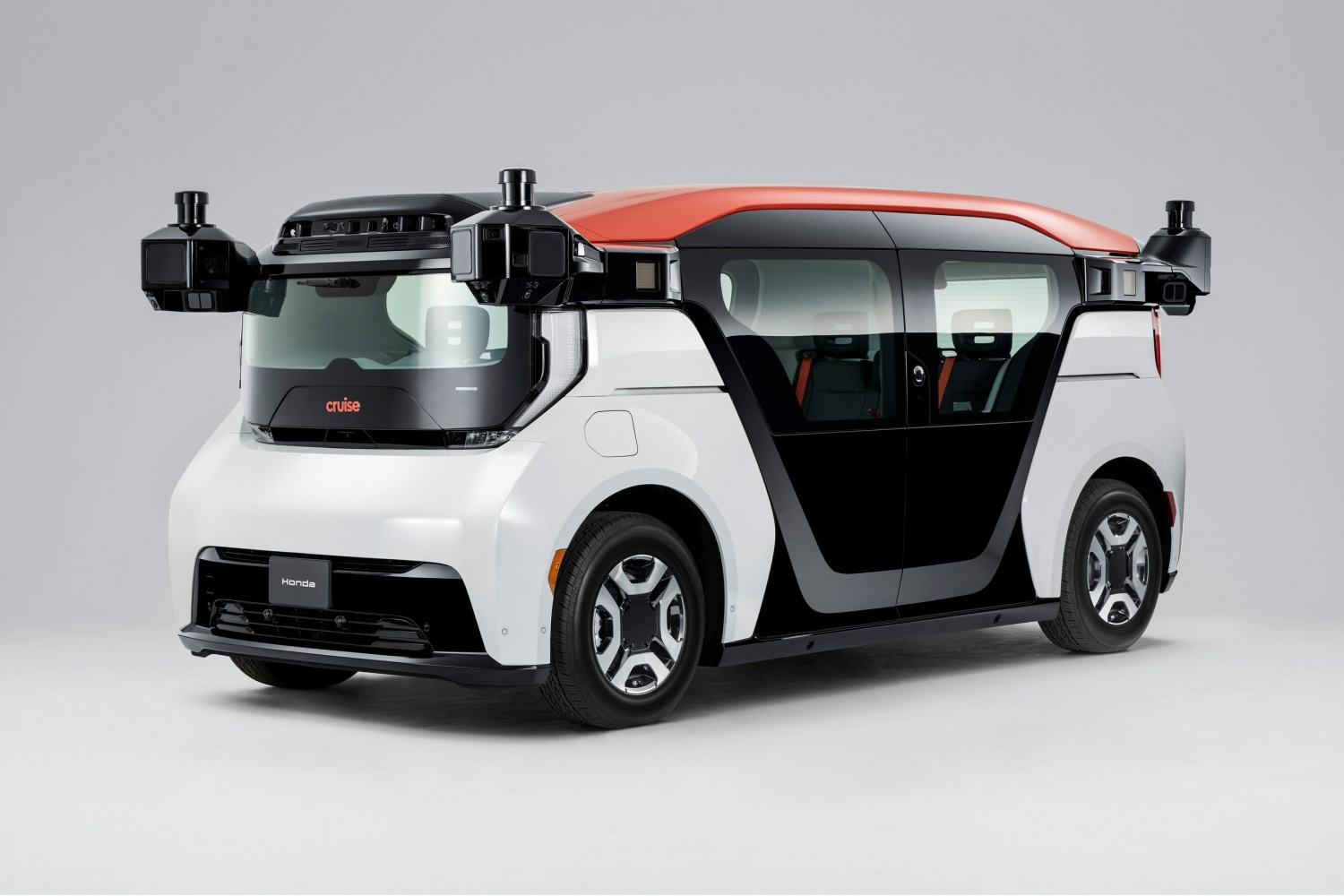General Motors (GM), its autonomous driving subsidiary Cruise, and Honda have revealed plans to launch a cutting-edge robotaxi service in Japan. This venture is set to redefine the future of transportation and bring autonomous vehicles to the streets of Tokyo.

Also Read: 2024 Toyota 4Runner: Prices, New TRD Pro Color and More
With an initial fleet of custom-designed Cruise Origin vehicles, the service promises to alleviate mobility challenges in Japan, ultimately benefiting the elderly, disabled, and those in need of accessible transportation.
This venture holds the potential to reshape Japan’s urban landscape and address the shortage of drivers, all while introducing the world to the concept of driverless ride-hailing services.
The collaboration between GM, Cruise, and Honda marks the evolution of a long-established partnership that began in 2013 when these companies joined forces to develop hydrogen fuel cell systems.
This productive cooperation laid the groundwork for more ambitious efforts, ultimately leading to the creation of the Cruise Origin, a revolutionary autonomous vehicle designed for the robotaxi service.
Revealed in 2020, the Cruise Origin represents a new era in urban transportation. This electric vehicle, manufactured by GM at its Factory ZERO Detroit-Hamtramck Assembly plant in Michigan, features a unique and innovative design.
It lacks a traditional driver’s seat, steering wheel, and pedals, enabling a spacious cabin accommodating up to six passengers.
The vehicle’s interior layout, resembling a campfire-style seating arrangement, fosters a social and communal travel experience.
Considering this unique situation, the introduction of robotaxi services, such as the one proposed by GM, Cruise, and Honda, has the potential to offer a transformative solution to Japan’s transportation landscape.
Also Read: Whoosh: Indonesia Opens First High-Speed Railway Backed by China
With its predictability, orderliness, and efficient road infrastructure, Japan’s streets present an ideal environment for autonomous vehicles.
However, the influence of the taxi lobby and the complex legal landscape pose significant challenges that the partnership will need to navigate successfully.
The robotaxi service is expected to launch in early 2026, commencing in central Tokyo with a fleet of custom-designed Cruise Origin vehicles.
The unique and futuristic design of the Origin, with its spacious interior and seating arrangement, promises passengers a new and unparalleled mobility experience. This service will provide an innovative solution for business travelers, families, and visitors in Japan.
A dedicated smartphone app will facilitate the booking and management of rides, from hailing the robotaxi to completing payments.
This user-friendly approach simplifies the process and ensures a seamless experience for passengers. By addressing the needs of various customer segments, including the elderly, disabled, and those too young to drive, the service aims to enhance the quality of travel experiences in Tokyo.
The partnership between GM, Cruise, and Honda plans to build an initial fleet of Cruise Origin vehicles, numbering in the dozens.
This will serve as the foundation for the service’s launch and enable testing and refinement of the autonomous vehicle software in the complex traffic environment of Tokyo.
Also Read: China Launches First Cross-Sea Bullet Train Line Near Taiwan Strait
With the gradual scaling of the fleet to 500 vehicles, the service will extend its reach to areas beyond central Tokyo, expanding its footprint and accessibility.
Japan is currently facing a shortage of bus and taxi drivers, making it increasingly challenging to meet the growing demand for transportation services.
Additionally, Japan’s aging population, with 29.1% of its residents aged 65 and above, represents the highest rate in the world.
This demographic shift underscores the urgent need for more accessible and secure modes of transportation.
The robotaxi service’s launch in central Tokyo, with its complex traffic environment, presents a formidable challenge.
However, the collaboration between GM, Cruise, and Honda demonstrates a strong commitment to overcoming these challenges and making autonomous ride-hailing services a reality in Japan.
While Cruise’s rapid expansion has garnered attention and accolades, it has not been without its share of challenges.
Notably, the National Highway Traffic Safety Administration (NHTSA) recently initiated an investigation into Cruise’s autonomous vehicle system following several incidents involving pedestrians in San Francisco.
These incidents have led to questions about the safety and readiness of autonomous vehicles for public roadways.
Also Read: 2024 Nissan Z Nismo is Track Special, Costs $66,085

/cloudfront-us-east-2.images.arcpublishing.com/reuters/VHCWURRYKNNFFBMVMV4K2SSI2E.jpg)
/cdn.vox-cdn.com/uploads/chorus_asset/file/25014941/1556779089.jpg)




















